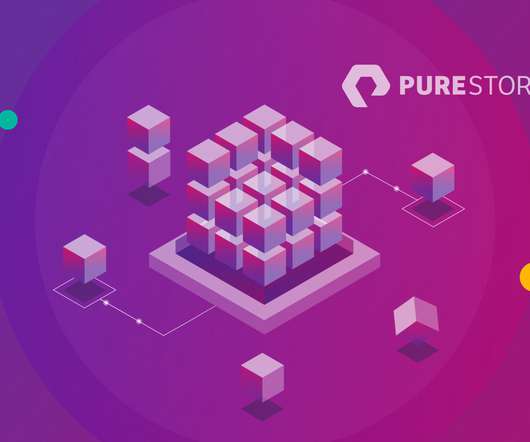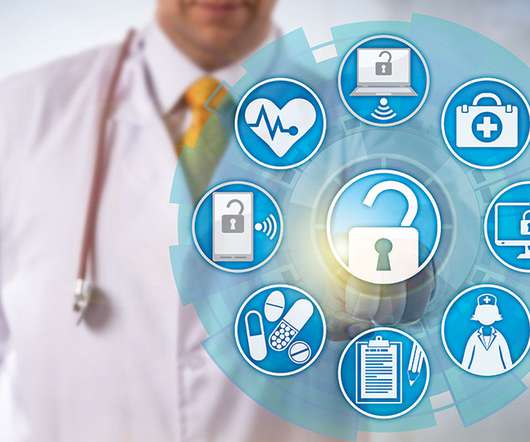ESS Presentations at NFPA C&E Address a Wide Range of Issues, Including the Hazards They Present and Tactical Approaches for Mitigation
National Fire Protection Association
JUNE 20, 2023
Today’s Energy Storage Systems and Microgrid Resiliency session covers what constitutes a smart grid and how it can help achieve electrical system resiliency in small-, medium-, and large-scale applications.





















Let's personalize your content